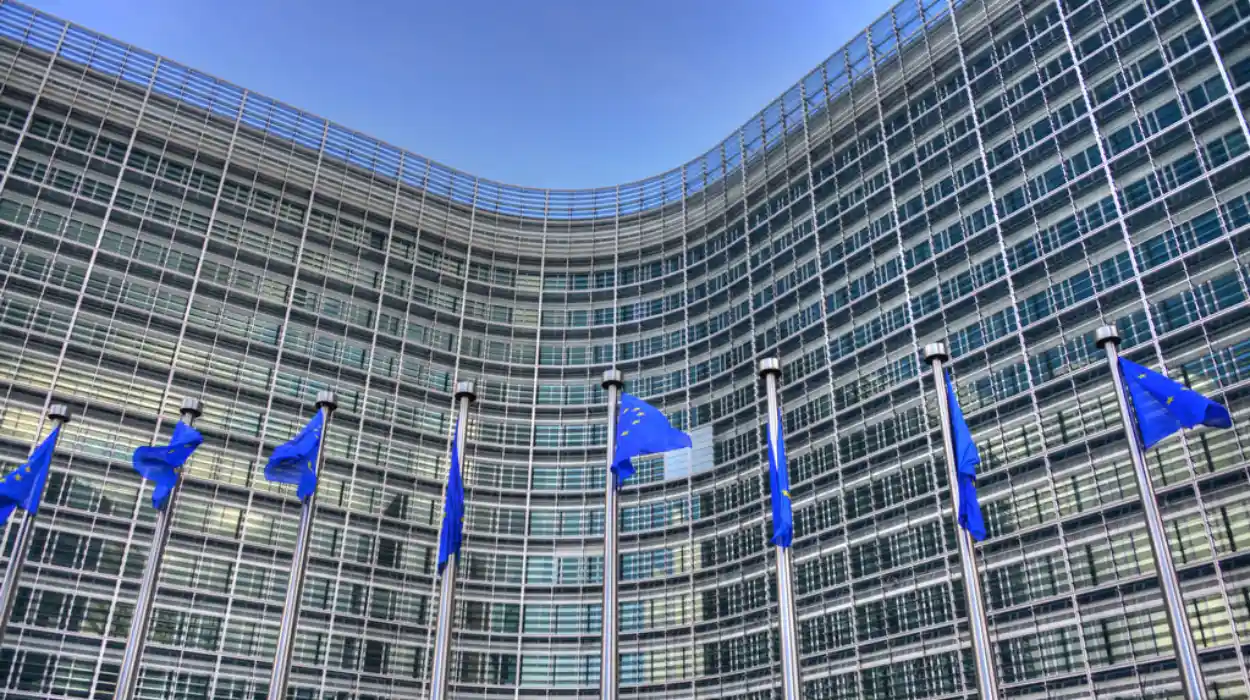Brussels (The Brussels Morning Newspaper) – The EU Commission restricted the use of a sub-group of PFAS chemicals to safeguard human health and the environment.
The European Commission has assumed new measures under the REACH Regulation – the EU chemicals legislation – to safeguard human health and the environment by limiting the use of undecafluorohexanoic acid (‘PFHxA’) and PFHxA ‑ linked substances. These sub-groups of per- and polyfluoroalkyl substances (‘PFAS’) are very tenacious and mobile in water, and their usefulness in certain products poses an improper risk to human health and the environment.
How does the EU plan to reduce PFAS emissions?
According to the EU Commission, the limitation will ban the sale and use of PFHxA in consumer textiles, such as rain jackets; food packaging, like pizza boxes; consumer mixtures such as waterproofing sprays; cosmetics like skin care products; and in some firefighting foam applications like for training and testing, without compromising protection. It does not impact other applications of PFHxA, for instance in semiconductors, batteries or fuel cells for green hydrogen.
Why is PFHxA considered harmful in consumer goods?
This restriction is an essential step forward in reducing PFAS emissions since PFHxA is usually used as a substitution for another already refused PFAS (perfluorooctanoic acid, or ‘PFOA’). It is based on the scientific review of ECHA’s Committees and has successfully passed the scrutiny of the European Parliament and the Council.
PFAS are called ‘forever chemicals’ because they do not degrade in the natural environment. Utilized in many industrial processes and in many consumer products, PFAS demands special attention, considering the enormous number of cases of contamination of soil and water, including drinking water.
What are the long-term goals of PFAS chemical restrictions?
In the past 20 years, the EU has carried out increasing action to tackle PFAS pollution. As demonstrated in the Chemicals Strategy for Sustainability, the EU Commission is dedicated to taking a comprehensive set of measures to address the use and contamination of PFAS, under REACH, the EU’s chemicals legislation, and other environmental and human health-specific legislations. When envisaging such measures, the EU Commission takes due account of the availability of options for PFAS used in applications required for the twin transition toward a green and digital economy, and of the EU’s strategic autonomy and the competitiveness of European industry.




